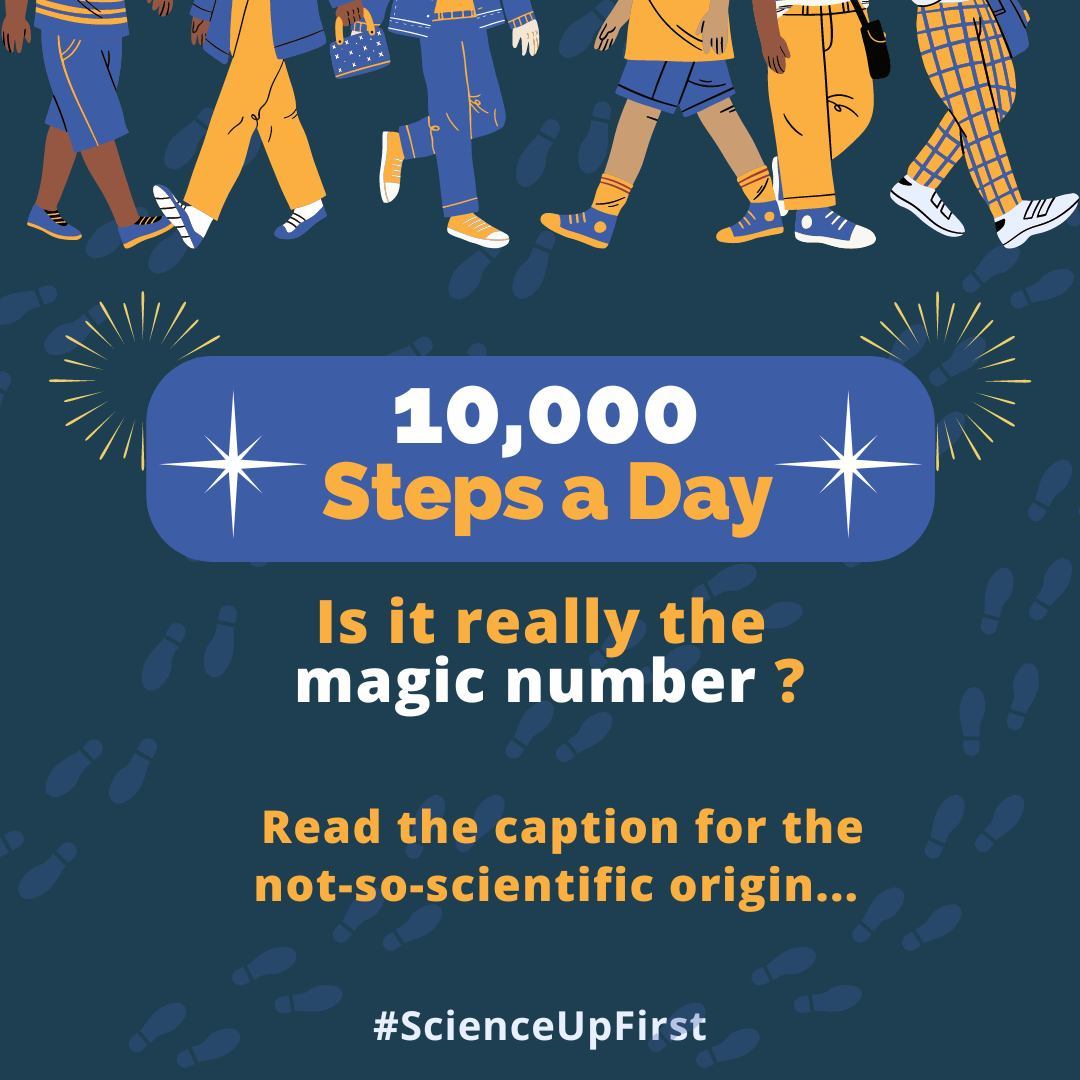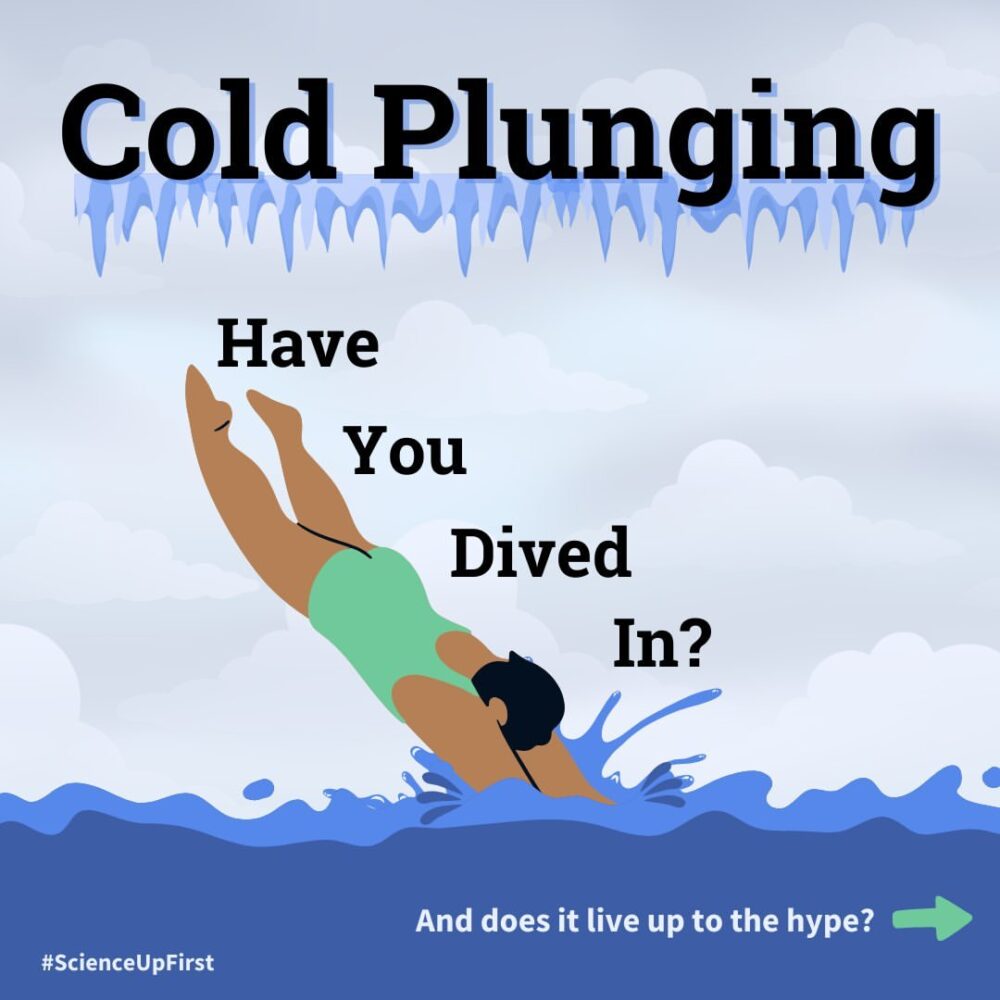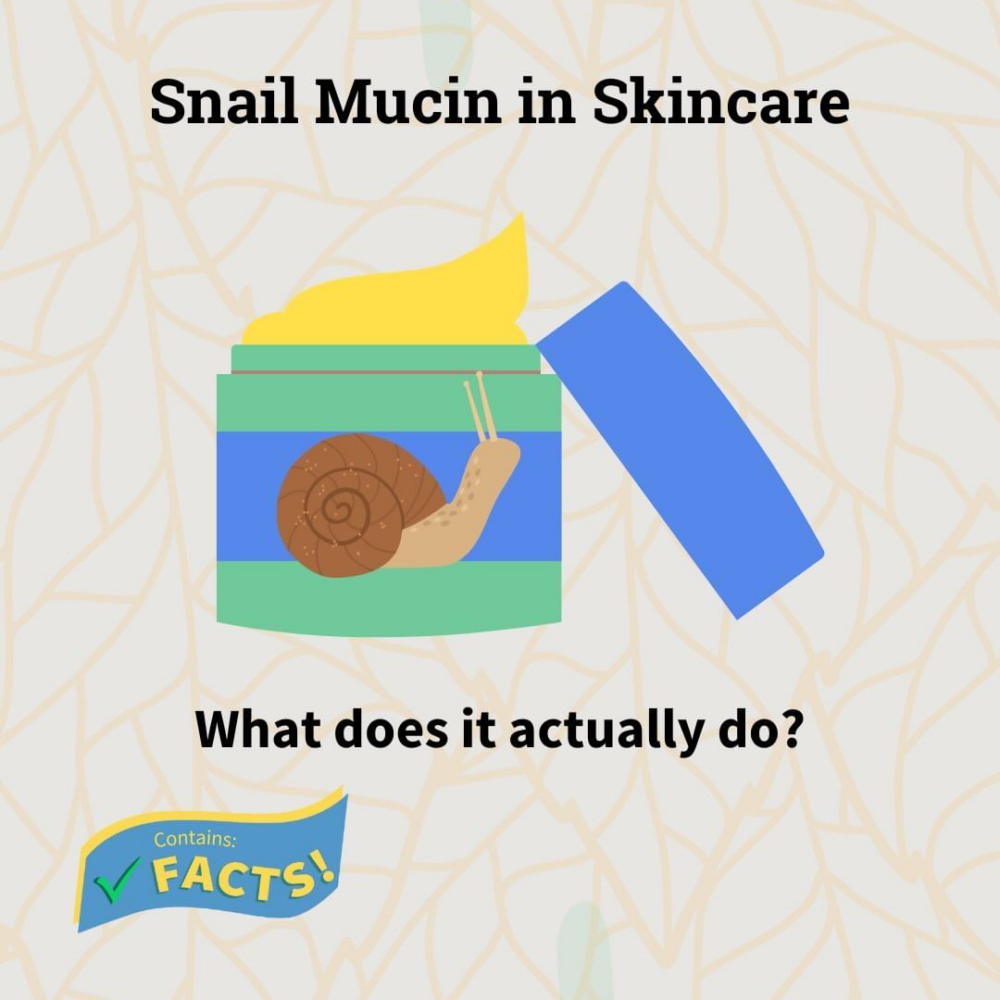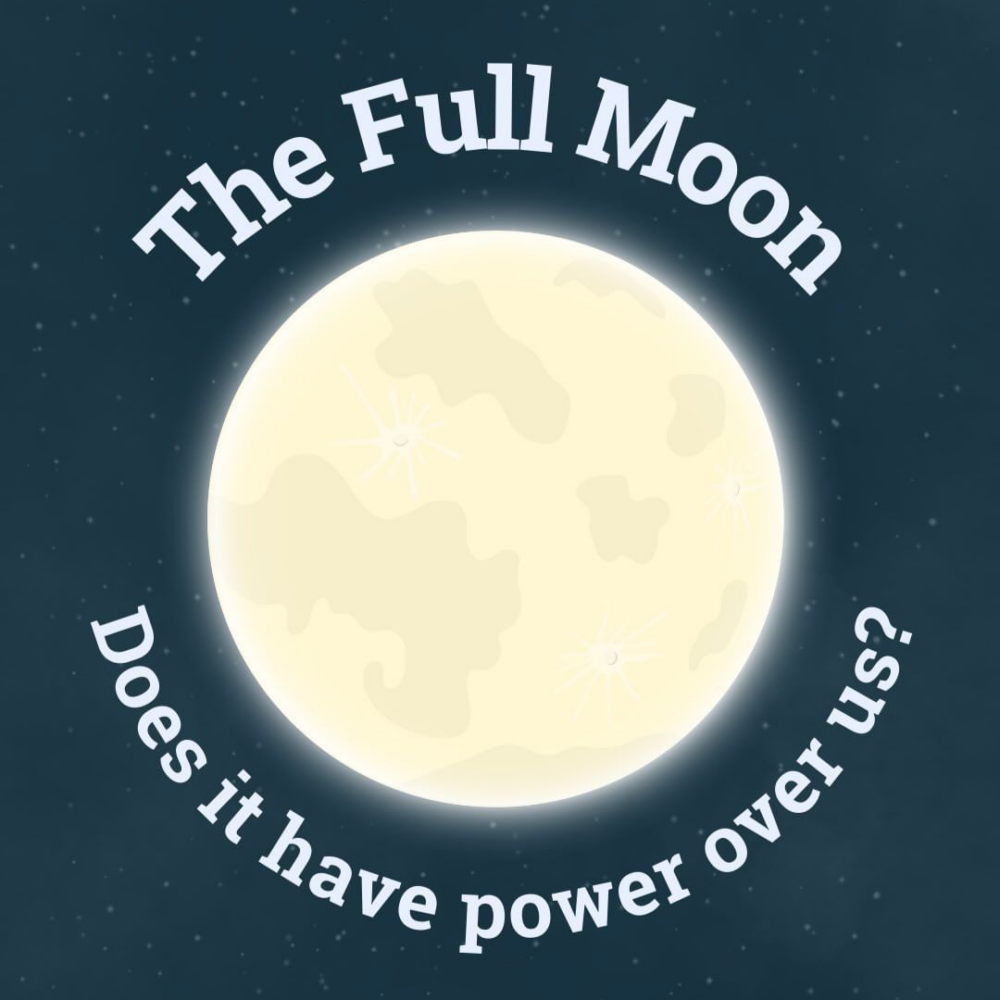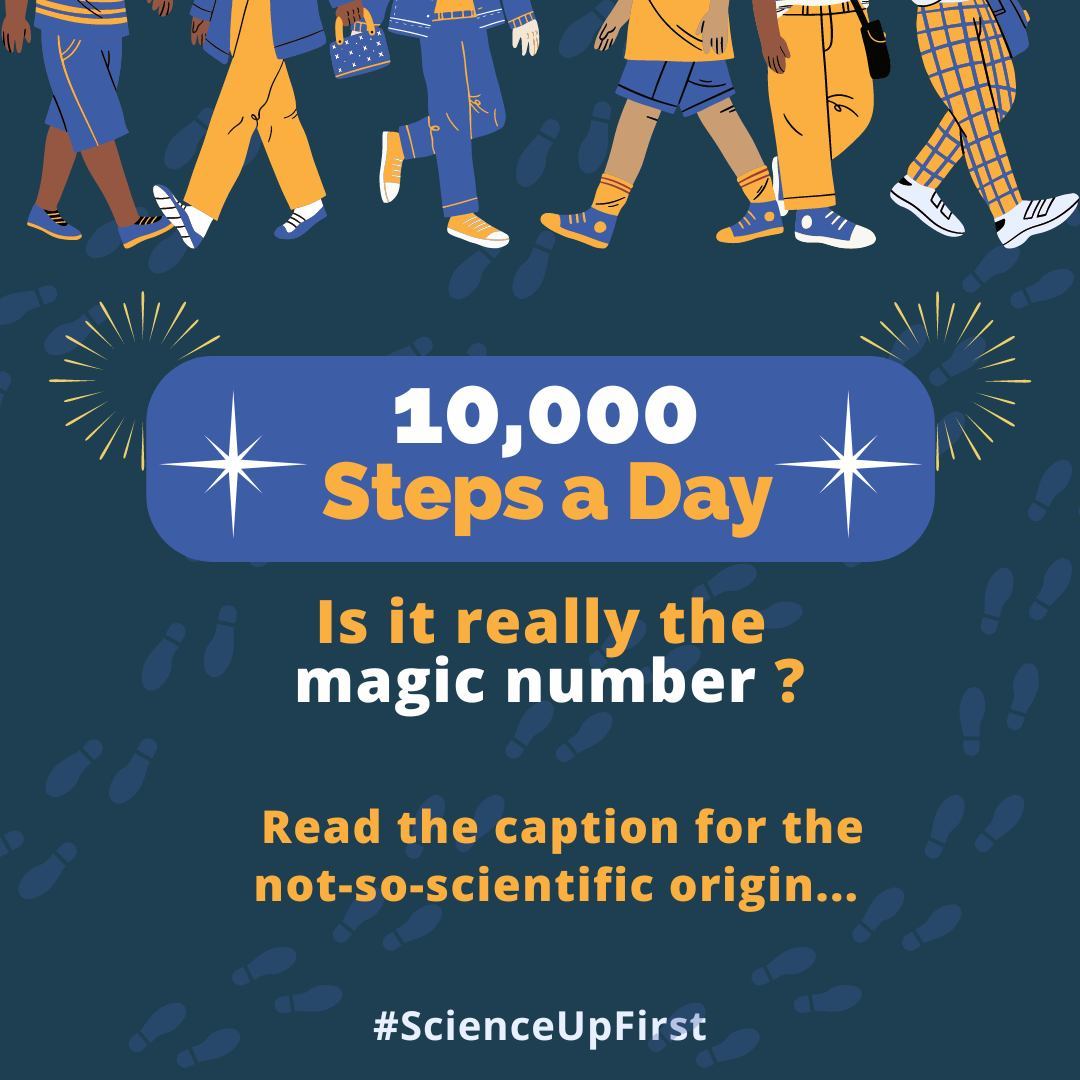
In the 1960s, Yamasa, a Japanese company, released the world’s first commercial step counter called manpo-kei, which means “10,000 step meter” in Japanese. This round number was chosen as a clever marketing tool that worked like a charm, as here we are today, and 10,000 steps has become entrenched as the go-to fitness goal (1,2).
Originally there was no science backing up this number, but what about now? Does walking 10,000 steps a day make us healthier? Yes and no.
Yes, because any physical activity can improve your health and make you live longer (3). Researchers found that older sedentary people lowered their mortality risk by over 45% by increasing their daily step count to 10,000 (1,4). The closer you get to 10,000 daily steps and the faster you walk can also improve your quality of life by reducing your risk of dementia, cancer and cardiovascular disease (5,6).
No, because you might not need 10,000 steps a day to actually get significant health benefits. A study found a 41% reduction in mortality rate in older women who averaged 4400 steps a day compared to those who walked 2700 steps a day. They also found that walking 10,000 steps provided similar benefits to walking 7000 to 8000 steps a day (1,7).
However, most of these studies looked at older populations and the results might not be applicable to other age groups. Bottom line: more often than not more steps is a good thing. If you think you might be walking less than 5000 steps per day, increasing your daily step by only 1000 could make a big difference on your health (2,8,9). Try taking the stairs, parking farther from the entrance, walking instead of taking a rideshare. You’ll be surprised how fast the steps add up!
But don’t be hard on yourself. Not everyone’s reality is the same. Take it one step at a time (pun intended).
Share our original Tweet!
You’ve probably heard 10,000 steps a day is ideal for optimal health, but where does that number come from?
Despite sounding like well-researched medical advice, this was actually part of a 1960s Japanese advertising campaign by the company Yamasa.#ScienceUpFirst
[1/5] pic.twitter.com/o5XXUQRDBt
— ScienceUpFirst | LaScienced’Abord (@ScienceUpFirst) January 5, 2023
View our original Instagram Post!
View this post on Instagram
- The science on 10,000 steps a day – Victor Chang Cardiac Research Institute
- 10,000 steps a day — or fewer? – Harvard Health
- Physical activity
- Objectively Measured Daily Steps and Subsequent Long Term All-Cause Mortality: The Tasped Prospective Cohort Study | PLOS ONE
- Association of Daily Step Count and Intensity With Incident Dementia in 78 430 Adults Living in the UK | Dementia and Cognitive Impairment | JAMA Neurology
- Walking 10K steps a day is a health sweet spot, study finds — and walking faster is even better | CBC Radio
- Association of Step Volume and Intensity With All-Cause Mortality in Older Women | Geriatrics | JAMA Internal Medicine
- A step-defined sedentary lifestyle index: <5000 steps/day
- Counting Your Steps

